We're an affiliate
We hope you love the products we recommend! Just so you know, we may collect a share of sales or other compensation from the links on this page at no additional cost to you. Thank you if you use our links, we really appreciate it!
If you’re looking for a super loyal dog to make a lovely household pet, then Pitbull might just be the perfect fit for you.
Pitbulls have been the target of unwarranted criticism for being physically aggressive, but that’s just one of the common myths about these gentle giants.
In this comprehensive guide, we are going to unpack everything to know about Pitbulls by looking at several aspects.
Whether you are a seasoned Pitbull owner, or you’re looking forward to adopting one soon, this post serves to shed light on these muscular pups.
What Is a Pitbull? – Brief History of Pitbulls
Pitbulls have a rich history that dates back to the 1800s in the United Kingdom. Today’s Pitbulls were bred from the now obsolete breeds: the Old English Terries and the Old English Bulldog.
The Old English Bulldog (which resembles the modern-day American Bulldog) got their unique name because they participated in the brutal bull-baiting sport.
In a typical bull baiting match, a Bulldog was placed inside a pit with a tethered bull and fought to death by attacking the head and neck.
This cruel sport was officially outlawed In Britain by the year 1835. However, some unscrupulous individuals evolved the bloody practice by setting dogs against each other instead of using bulls.
Dog-on-dog fights would favor smaller and more agile dogs, so the handlers crossed the Old English Bulldogs and the Old English Terriers and came up with what we know as ‘Pitbull’.
Pitbulls were selectively bred over the years to instill high prey drive and an affectionate disposition to their handlers.

Outside the dog fighting rings, these dogs were renowned for their stanch loyalty and protective nature, which earned them the nickname ‘old family dog’.
Following the widespread ban on dog fighting and bullbaiting sports, Pitbulls were consequently used as farm dogs and all-around workers, thanks to their muscular build.
During the 19th century, American settlers from Ireland and England immigrated with these workaholic dogs into the United States.
5 Interesting Facts About Pitbulls
1. ‘Pitbull’ is not a dog breed
Many people use the term ‘Pitbull’ to refer to an official dog breed but there is nothing like ‘Pitbulls pure breed’.
There exists a minimum of four different breeds that fall under the Pitbull category, sometimes called the ‘bully breed’.
2. Pitbulls are friendly, loyal, and gentle
Well-natured Pitbulls are friendly to their human caregivers, loyal, and gentle in everyday interactions, and not aggressive.
Just like any other dog, Pitbulls who show aggressive behaviors are innocent victims of irresponsible owners.
3. Pitbulls don’t have locking jaws
There’s no dog with a locking jaw mechanism, including Pitbulls. These dogs have a wide mouth with normal teeth and jaws just like all other breeds.
4. Pitbulls are incredibly strong and agile
The muscular body and stockier build of Pitbulls make them an excellent choice for working roles and athleticism.
5. Pitbulls are the largest number of dogs in shelters
It’s a disturbing fact that many dogs who end up in shelters and animal rescue organizations are labeled as ‘Pitbulls’.
This can be ascribed to the stereotype and negative perceptions these gentle giants have received over the years, as well as the enforcement of breed-specific legislation in some states.
Pitbull Puppies
Owning a Pitbull puppy can be an exciting and rewarding journey for pet parents. Pitbull puppies have boundless energy waiting to be molded and guided with unconditional love and patience.
These little canines are willing to learn and eager to please, making it easy to train them with the right approach and methods.
Make sure to socialize your Pitbull puppy from a young age to make them confident about their surroundings and nurture ways of interacting with everyone else.
Pitbull Types
1. American Pitbull Terrier
Quick Overview
- Height: 17 to 20 inches
- Weight: 30 to 65 pounds
- Common Colors: Blue, red, fawn, black, brindle, white, brown, tan, and gray
The American Pitbull Terrier is without a doubt the most known breed under the Pitbull category. It is the only member that carries the name ‘Pitbull’.
This breed is recognized by the United Kennel Club (UKC), but the American Kennel Club (AKC) does not acknowledge them.
They come from a lineage of the Old English Bulldogs and Terriers in the United Kingdom, and the breed was exemplified by American Settlers in the 19th century.
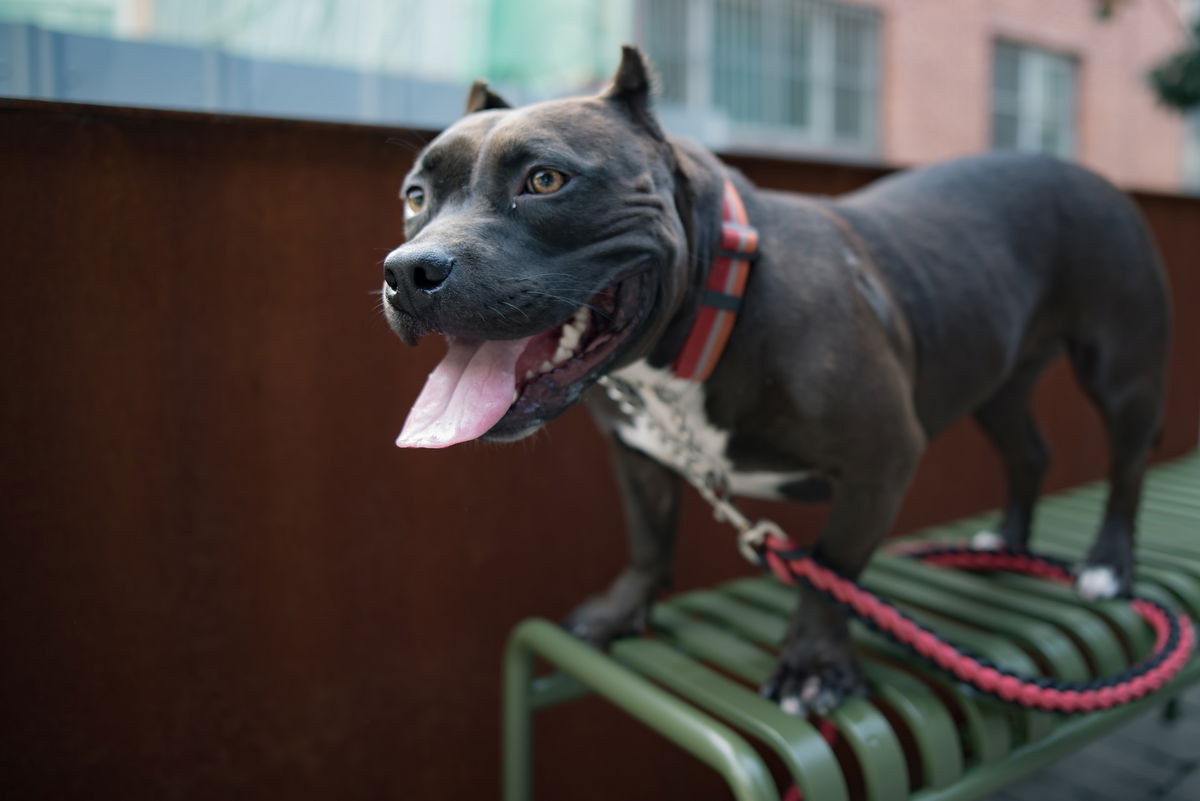
The modern-day American Pitbull Terrier rarely gets along with other canines but they are known for their strong emotional connections with human families.
American Pitbull Terriers have lots of energy and a high prey drive. Make sure to devote enough time to drain their energy in positive outlets.
2. American Bully
Quick Overview
- Height: 13 to 20 inches
- Weight: 65 to 85 pounds
- Colors: Black, grey, white, fawn, tan, red, brown, piebald, and brindle.
The American Bully came into the limelight during the late 1980’s and early 1990’s. It is a relatively new breed that earned recognition in the United Kennel Club in the year 2013.
This breed comes from a lineage of the American Pitbull Terrier alongside other related bull-dog type breeds.
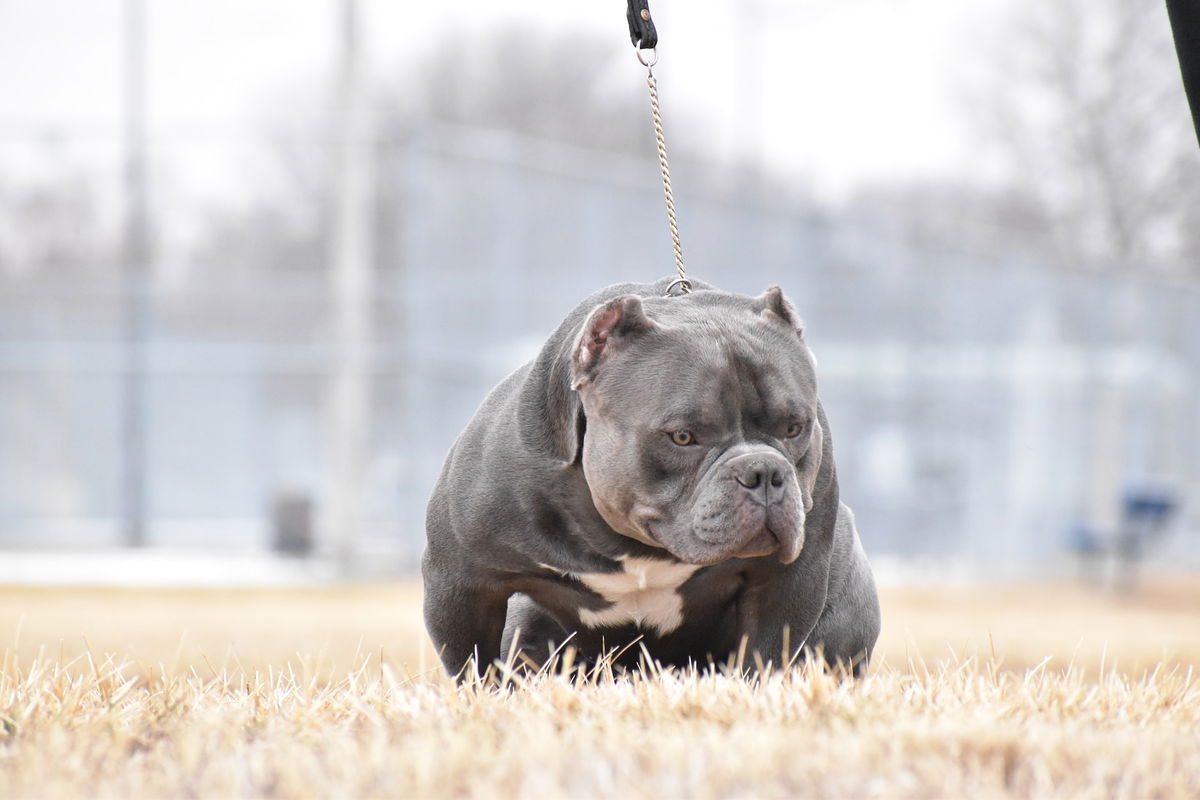
When compared to other Pitbulls, American Bullies are broader, stockier, and more compact. Responsible breeders have capitalized on the gentle and affectionate nature of these gentle giants.
They still have immense energy that needs to be driven out via plenty of exercises and social training with other dog breeds and people.
3. American Staffordshire terrier
Quick Overview
Height: 17 to 19 inches
Weight: 50 to 80 pounds
Common Colors: Brown, blue, black, fawn, liver, red, brindle pattern, white markings
The American Staffordshire terrier can trace their history to the century-old English Bulldogs and Terriers in the United Kingdom.
This breed is often confused with the American Pitbull Terrier, but they sport subtle physical differences.

Compared to their close cousins, the American Staffordshire Terrier was not commonly used in dog-fighting rings. This responsible breeding made Am Staffs take on a calm demeanor.
Am Staffs are known for their friendly nature and calm attitude towards humans, but they don’t readily get along with strange dogs.
4. Staffordshire Bull Terrier
Quick Overview
- Height: 14 to 16 inches
- Weight: 24 to 38 pounds
- Common colors: blue, fawn, black, brindle, white
The Staffordshire Bull Terriers were originally bred during the 19th century to take part in cruel dog-fighting sports.
Present-day Staffies are the complete opposite of what the original creators wanted them to be. They are widely regarded as loyal and affectionate with their human families.
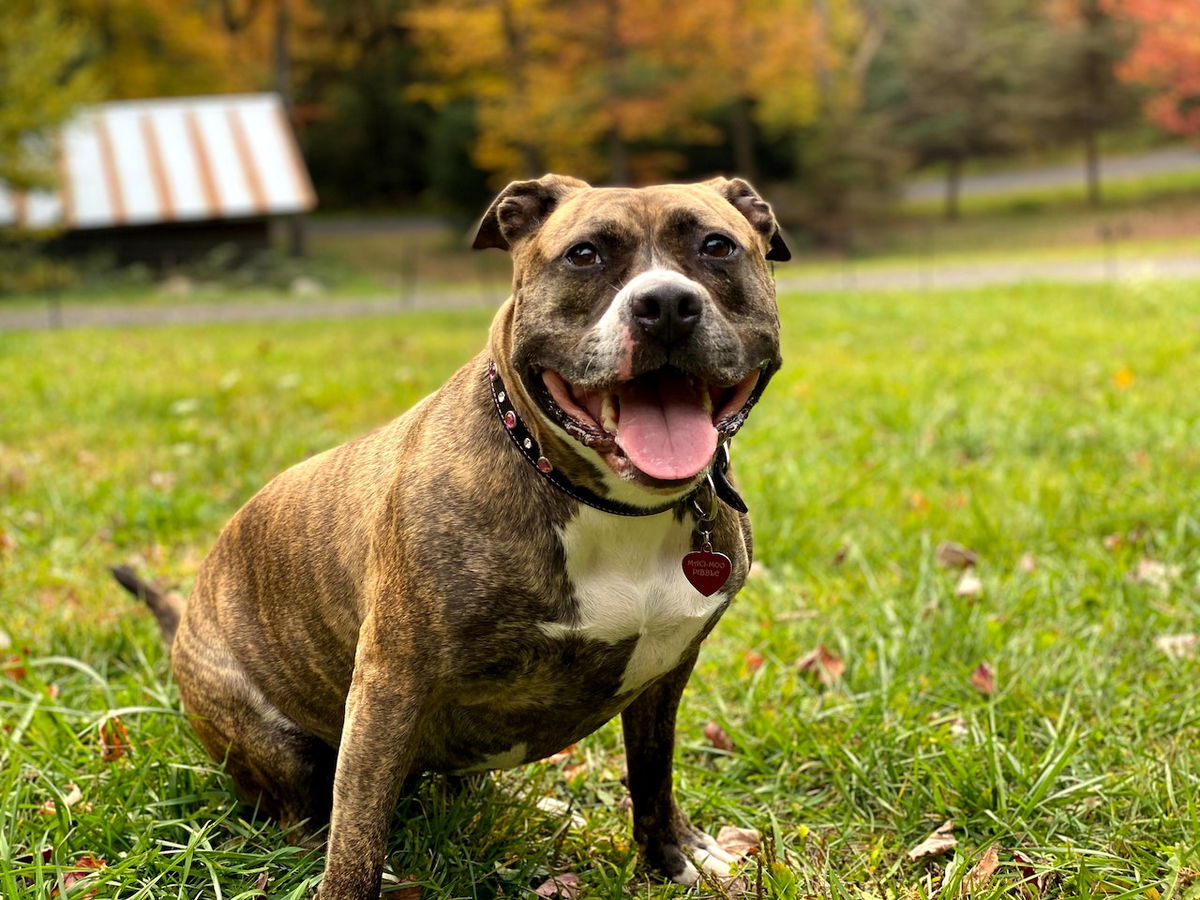
Among the Pitbull dogs, Staffies love cuddling with their favorite humans and they are exceptionally good with kids.
They are therefore suited for homes where they can receive attention for most of the day since they can be prone to separation anxiety when left alone for long.
Pitbull Physical Characteristics
1. Size and weight ranges
Most fully grown male adult Pitbulls fall within the weight range of 35 – 60 pounds, while females can tip the scale between 30 – 50 pounds.
In terms of height, adult male Pitbulls can stand between 18 – 21 inches, while their female counterparts have an average height of 17 – 20 inches.
2. Coat colors and texture
Pitbulls have a short, soft, and shiny coat that is both charming and diverse. Their coat can come in a variety of colors and patterns, including brindle, black, white, blue, red, and fawn.
The rich diversity of colors and patterns in Pitbulls means that it is rare to find two Pitbulls that are exactly alike.
3. Distinctive features
One of the most distinctive features of Pitbulls has to be their muscular body build, and flat, and broader heads.
These dogs also have a short and wide snout which gives them a unique expressive almond-shaped set of eyes. The eyes have different colors across different Pitbulls, and this adds to their rich individuality.
Pitbull ears are medium-sized and rose-shaped, and they normally stand erect when the dog is alert or has a confident stance. However, some Pitbulls have half-pricked ears.
Pitbull Temperament and Personality
The true temperament and personality of Pitbulls are often overshadowed by widely held misconceptions that have spanned over generations.
In the real world, Pitbull owners can attest to the unwavering loyalty of these gentle giants and their natural predisposition to make friends with humans to the extent of becoming clingy.
These lovable Pitbull traits make them a favorable choice for people looking for humble household pets for their families.
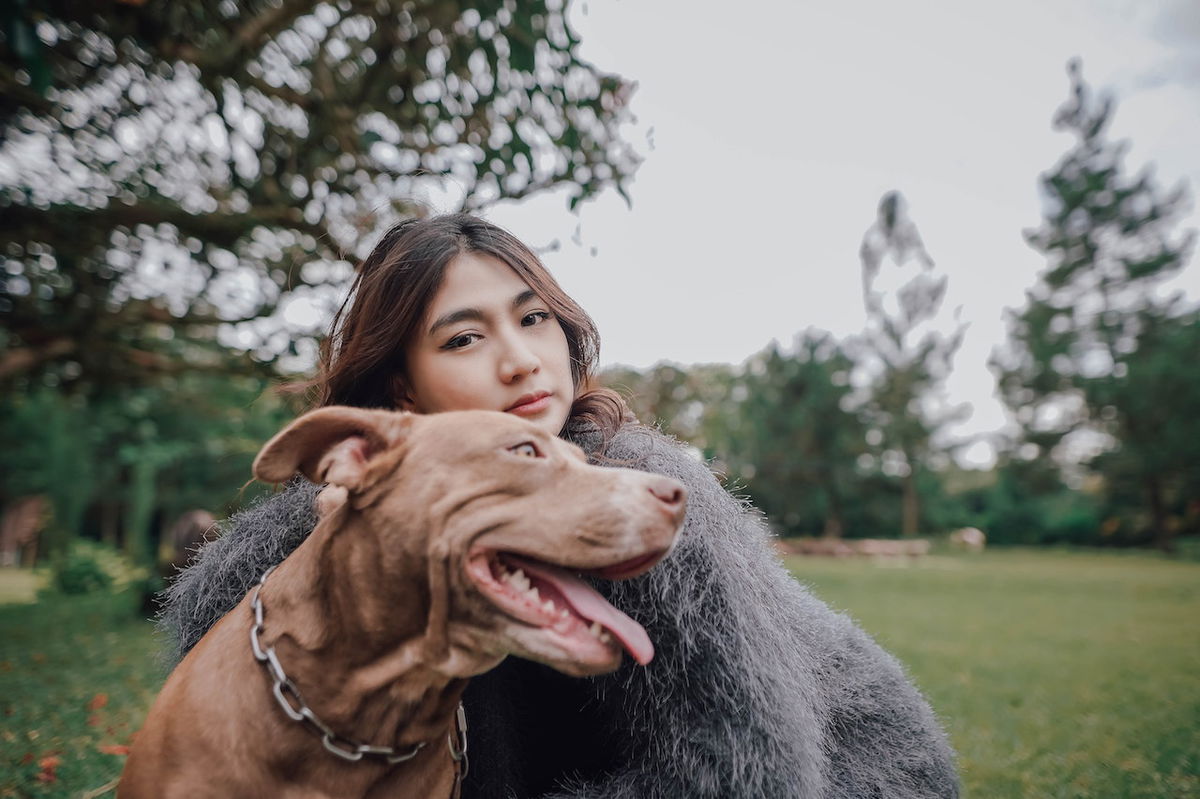
Pitbulls can form unbreakable social and emotional connections with their favorite humans and even protect them against intruders when serving as guard dogs.
Well-natured Pitbulls are patient, gentle, and playful; a combination of characteristics that make them good with children, and other pets.
If you are a first-time owner looking for a favorable dog to adopt, then you may want to pause and consider getting a Pitbull because of their lovable persona.
Pitbull Intelligence
Pitbulls are not the most intelligent dogs but they fall within the top 100 smartest dogs. Their middle-ground positioning puts them at an above-average intelligence.
These dogs can excel in obedience training and working roles, a testament to their smartness and ability to learn fast.
Pitbull Health and Lifespan
1. Average lifespan
Most Pitbulls can live within the range of 8 to 16 years, which is a relatively long expectancy period compared to other common dog breeds.
2. Common health issues and genetic disorders
A majority of Pitbulls will live a healthy life without health complications, but some of them are prone to various problems because of poor breeding, diet, and environmental factors.
The following are some of the most common health problems that can affect Pitbulls:
- Skin Problems
- Hip dysplasia
- Patella luxation
- Thyroid diseases
- Cataracts
- Allergies
- Heart diseases
- Cerebellar hypoplasia
- Ear Problems
- Ichthyosis
Preventative measures for good health
Routine visits to the vet are one of the best preventive measures you can adopt to keep your Pitbull in good shape.
Your vet will examine your dog regularly and screen for possible genetic disorders to allow for prompt treatment.
In addition to vet visits, make sure to keep your Pitbull updated with their vaccine shots.
The core vaccines should be administered in time and optional yearly boosters can be recommended to fortify your dog’s defense against diseases.
Pitbull and Allergies
Although Pitbulls experience minimal shedding throughout the year, they are also not hypoallergenic. Allergic individuals may react negatively to Pitbull dander and protein in saliva or urine.
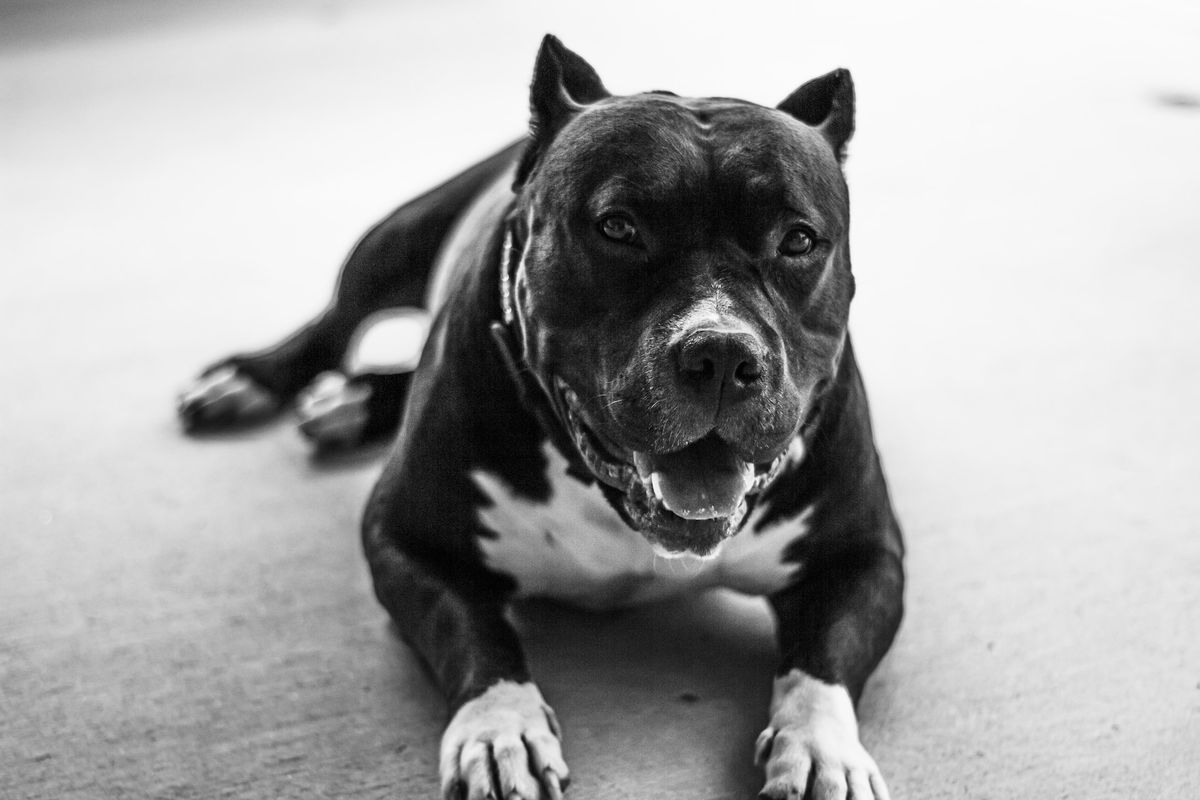
Pitbull Grooming Needs
1. Coat maintenance
Even though Pitbulls are covered with short fur, they still require regular grooming to maintain a healthy look and glossy appearance.
Brushing your Pitbull’s coat once a week with a rubber brush can help remove loose hair and stimulate skin oils for a healthy shine.
You can bathe your Pitbull once every one to six months using a mild, hypoallergenic dog shampoo for optimum cleaning and to avoid skin irritation.
Most Pitbulls don’t need coat trimming because of their characteristic short coats, but we recommend regular check-ups for any unusual condition during the grooming sessions.
2. Ear cleaning
Remember to regularly clean your Pitbull ears since the inner canal can harbor harmful bacteria and viruses that cause serious infections.
We recommend sticking to a vet-approved ear-cleaning solution for the best results when gently wiping down your Pittie’s pointed ears.
3. Nail Trimming
It’s also important to trim and grind your Pitbull’s nails on a regular basis to ensure they are short and clean. This helps to keep the dog hygienic and removes the discomfort associated with long nails.
4. Dental Care
For a complete grooming package, you should also brush your Pitbull’s teeth using canine-specific toothpaste and a soft toothbrush.
Keeping your dog’s oral hygiene in check is important in preventing halitosis and dental diseases caused by the build-up of bacteria.
You can also give your dog some dental chews to remove plaque and prevent tartar buildup.
Daily Activity Needs
A fully grown adult Pitbull needs around 1 to 2 hours of daily physical activities to match their exercise needs.
Pitbulls have a higher demand for physical activities than most other dog breeds, thanks to their muscular bodies and energies.
Providing positive outlets for the dog’s boundless energy helps keep them well-behaved and reduces their chances of forming bad habits.
Suitable activities and games for Pitbulls
The following are some of the indoor and outdoor activities you can offer your Pitbull to redirect their high energies:
- Walking
- Running
- Fetch and frisbee
- Agility training
- Obedience training
- Social training
- Hiking
- Tug of war
- Swimming
- Dirt digging
- Mental stimulation games
Importance of mental stimulation for Pitbulls
- Prevents emotional distress, anxiety, and depression
- Keeps the dog’s brain sharp
- Improves decision-making skills
- Prevent destructive behaviors
- Prevents mental decline (dementia) in senior Pitbulls
Pitbull Training and Socialization
Pitbulls are highly trainable, thanks to their intellect and eagerness to learn new tricks. Their trainability means you can nurture them into becoming great pets with minimal unwanted habits.
Make sure to expose your pitbull to different people, pets, and environments right from a young age to grow their confidence and build good behavior.
Pitbull Living Conditions
Pitbulls are highly adaptable canines who can thrive in the countryside and also live in small apartments or suburbs.
You should ensure that your lovely Pittie gets unconditional love from every family member and also include them in family activities to boost their charming nature.
Despite your home location, you should have a dedicated place for your Pitbull’s bed, eating area, and playing area to guarantee their overall well-being.
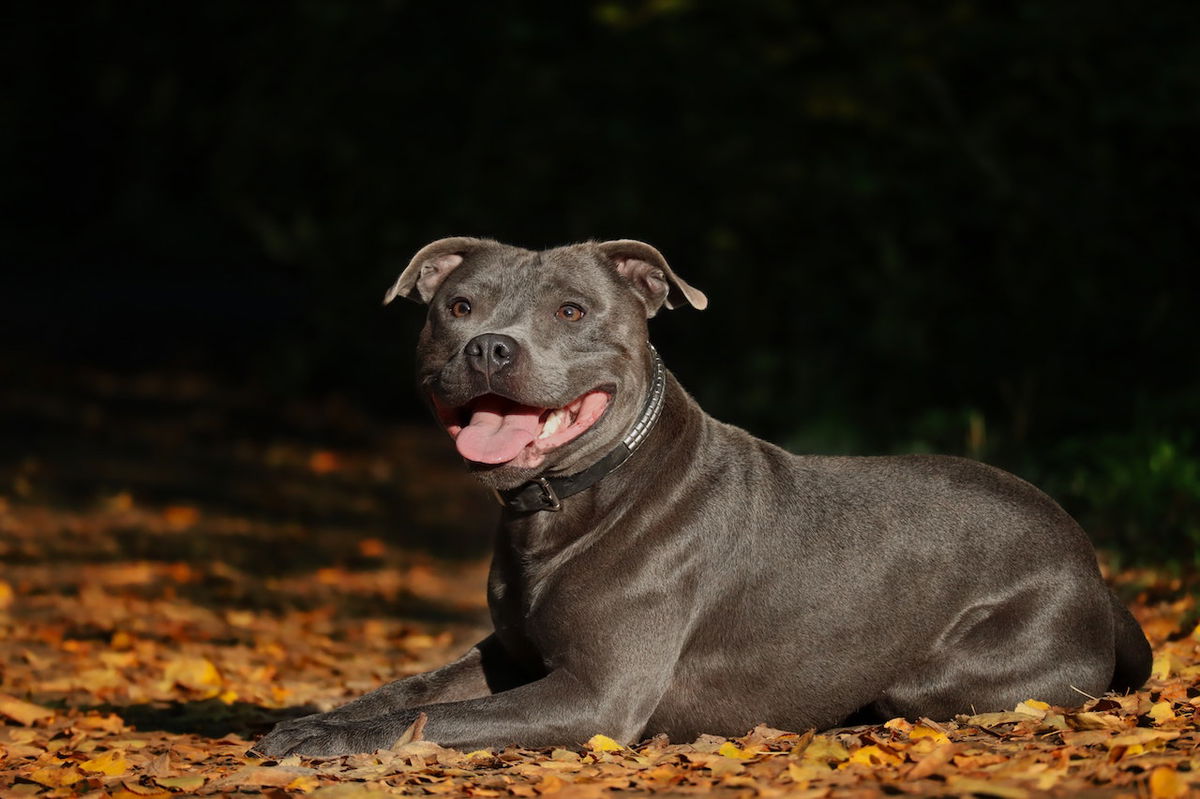
Pitbull Diet & Nutrition
A high-quality dog-specific diet is crucial in maintaining the muscular Pitbull body and supporting their overall wellness with the required nourishment.
Most dogs can do well with plenty of proteins and a nice touch of vitamins, carbohydrates, and other essential minerals for a complete nutritional profile.
You may need to enhance your dog’s diet with nutritional supplements, but we recommend checking with your vet before starting your dog on new foods.
For a complete diet package, ensure that your canine friend has access to clean drinking water all through the day.
Pitbull Pregnancy & Litter Size
An average healthy female Pitbull has a gestation period of about 59 to 63 days. The precise period can vary depending on the exact time of conception and other factors.
A well-nourished Pitbull can produce a litter size of 5 to 10 puppies, although some may deliver fewer, while others can have more than ten.
The specific litter size of an individual Pitbull can be influenced by various factors including age and health of the mother dog, prenatal care, and genetics.
Conclusion
Pitbulls are lovely dogs, and so we should collectively work towards correcting the unfair criticism and stereotypes attached to these loyal canines.
It has been proven over time without number that Pitbulls can show great affection and care to humans. It’s on our part to correct the wrongs and love them back.
Some Pitbulls have suffered by being in the hands of irresponsible breeders who prioritize their instincts of serving in dog-fighting rings.
As you have seen, there are lots of positive aspects we can pick from Pitbulls and turn them into loyal human companions.
Laura is the founder of Furs'n'Paws. She is a also a pet writer and expert with more than 20 years of experience of working with dogs and cats. She developed a very strong love for animals at a young age. Her passion led her to establish a thriving pet sitting and dog walking business in Dubai. As an expert in pet training, behavior, and nutrition, Laura is committed to helping pet owners and pet lovers by offering high-quality information on a wide range of topics.



No responses yet